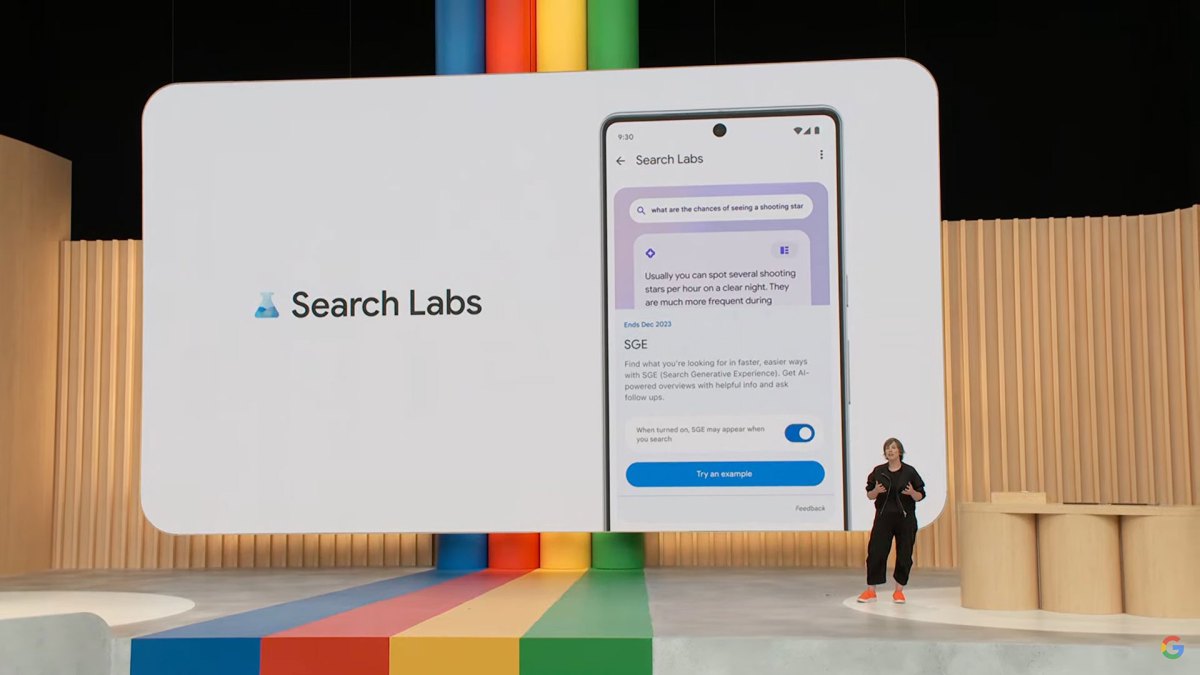- The Publisher Newsletter
- Posts
- Thursday 17th August: Differentiating between links and *links*
Thursday 17th August: Differentiating between links and *links*
Good morning! Today's newsletter is brought to you by Esther.
Got an event to promote, whitepaper to shout about or just want to see your logo in this spot? You can book it yourself here!
The Verge has launched a new newsletter, Installer; a “guide to all the best, newest, coolest and Verge-iest stuff in the world.” But Joshua Benton spotted something particularly interesting about this newsletter. It has two distinct ways of showing links.
“I wish I could tell you it came from some grand scheme of A/B testing and smart thoughts about the future of the internet,” editor-at-large David Pierce told him. “I think a lot of newsletters (and articles on the web, frankly) link so much that it’s hard to know what’s The Thing I Should Go Check Out and what’s, like, a tag page on your website or a semi-related article you linked for some unknowable reason.”
Having a link hierarchy is a small but simple tweak which makes it easy for readers to take action. That’s my inspo for this week!
The Telegraph has become the third publisher in the UK to reach 1 million subscribers, joining The Guardian and the Financial Times. More than 70% of the subscribers are digital, and the publisher has 300,000+ of them using the app each day. Those figures should make the publication an attractive
Any story with this opening paragraph is worth a read: “Seven hundred people were surrounded by taxidermied peacocks and monkeys in the lounge of New York’s Jane Hotel. That evening this spring, they gathered beneath the erratic light of a disco ball. And they were there to talk about literature.”
With the aim of making search better (of course), Google is rolling out some more AI tools that will help users find what they’re looking for in longer-form content online. These won’t provide AI summaries for paywalled articles, but by the looks of it, publishers will need to choose to block the features by designating their content as paywalled.
More from Media Voices





